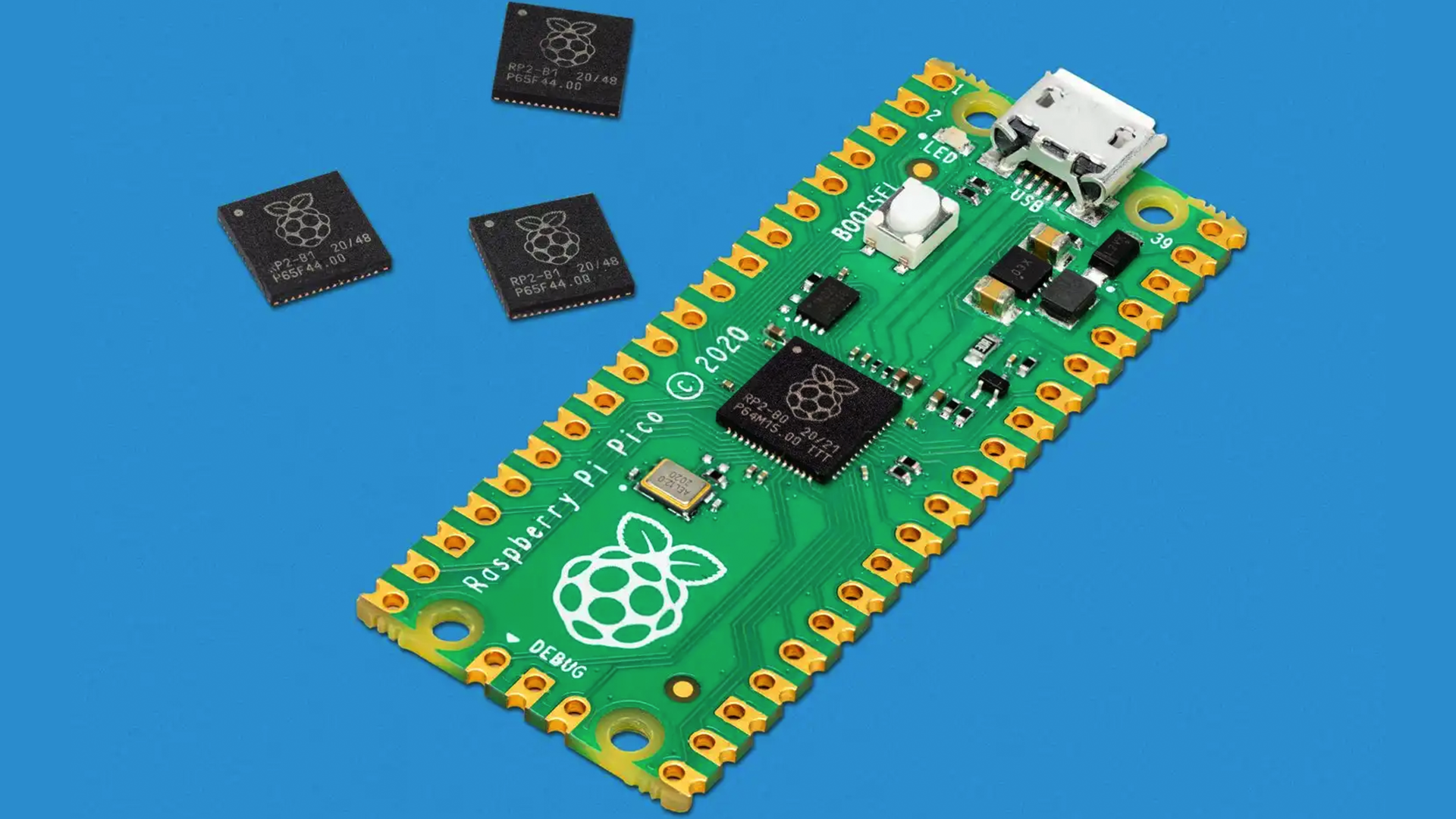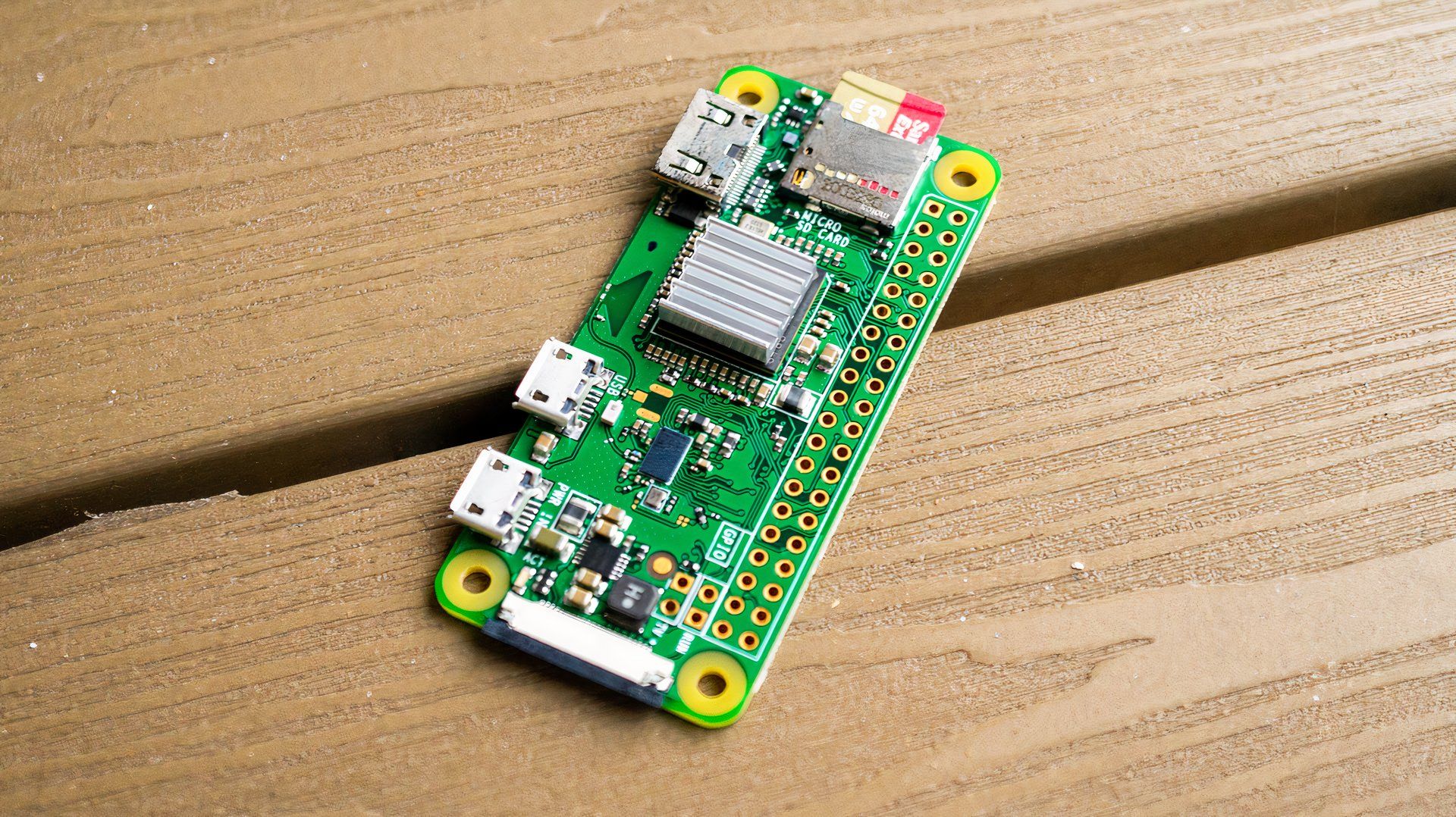Tech News
Raspberry Pi Pico vs. Zero: What's the Difference?
Key Takeaways
The original Raspberry Pi spawned so many variants that it can actually be hard to keep up with them. Both the Raspberry Pi Pico and the Raspberry Pi Zero are available at different price points, but how different are they, really?
What is the Raspberry Pi Pico?
The Raspberry Pi Pico is the only product in the Raspberry Pi product line that's not a fully working computer. Rather, the Raspberry Pi Pico is a product that's meant to be deployed in all kinds of DIY projects. It's a microcontroller board—it's designed for simple, repetitive tasks and runs one program at a time.
It's much simpler in design than other boards made by the Raspberry Pi Foundation. It runs a dual-core ARM Cortex-M0+ microcontroller running at a whopping 133 MHz, it features 264KB of SRAM, it doesn't support Wi-Fi or Bluetooth (you can get Wi-Fi with the W variant), and it doesn't run an operating system—you'll need to deploy code to it to get it to perform tasks.
If you're putting together a project, and you need a board to serve as its brain, the Raspberry Pico is probably the perfect option for you. It barely uses any power, it's as small as a stick of gum, and despite its lowly specs, it has some pretty amazing abilities if you know how to use it properly. Plus, it's by far the cheapest device in the Raspberry Pi range, costing just $3.99.
What is the Raspberry Pi Zero?
We know Zero sounds like it's less than Pico, but in reality, the Raspberry Pi Zero is actually above the Raspberry Pi Pico in the product stack. Unlike the Raspberry Pi Pico, the Raspberry Pi Zero is actually a fully working computer.
Its specs aren't great—we have a single-core ARM CPU, 512MB of RAM, a mini HDMI port, micro USB power, and a 40-pin header as well as composite video and reset headers. If you get the Zero W, you'll also get full Wi-Fi and Bluetooth support in addition to all of what we just mentioned. And if you get the Raspberry Pi Zero 2 W, the processor gets bumped up from a single-core to a quad-core, greatly improving performance.
The performance that this will provide will not blow you off your seat, but it's not meant to. Rather, with this, you can put together other kinds of small DIY projects (more complex ones than what the Raspberry Pi Pico would allow you), as it also manages to be extremely tiny. For one, a Raspberry Pi Zero is perfect for those kinds of projects where you require an operating system, run more complex software, or if you require wireless connectivity.
How Different Are They?
They are extremely different. As I hinted above, the Raspberry Pi Pico is a basic microcontroller board that you can load code onto and have it perform tasks, but that's about it. It's the kind of board that's perfect for things like robotics, controlling sensors, interacting with hardware, or if you feel brave, even some simple games. There are lots of cool projects that can be worked on using the Raspberry Pi Pico—we've even listed out some of the coolest.
The Raspberry Pi Zero can be used as an independent computer with an operating system, which allows people to use it for some stuff that you can't really use a Raspberry Pi Pico for. Think of things like, perhaps, building a low-cost desktop computer, a mini web server, a retro gaming console, or a wireless network adapter. And because it's still tiny, you can deploy this in projects where you might find yourself too constricted space-wise.
No Raspberry Pi products are actually big (the full-size Raspberry Pi is about the size of a credit card), but some applications require smaller boards, and this is where you'll need these.
Ultimately, the choice just comes down to your needs. You should choose the Pico if you need a tiny, low-power device for simple tasks and embedded projects. Meanwhile, if you need a more versatile and powerful computer for general-purpose computing and projects that require an operating system, you might want to spend a couple of bucks more and get a Raspberry Pi Zero instead.
When you subscribe to the blog, we will send you an e-mail when there are new updates on the site so you wouldn't miss them.



 Corbin
Davenport
/
How-To
Geek
Corbin
Davenport
/
How-To
Geek
Comments